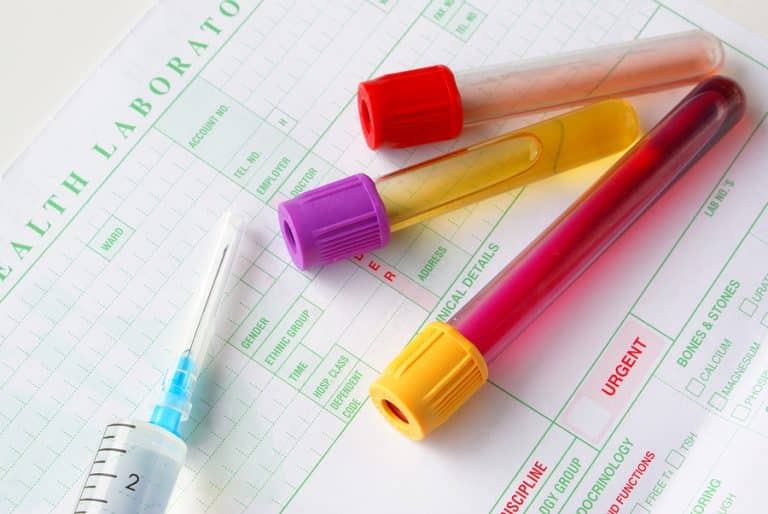No matter what the situation may be – pre-employment, court-ordered, insurance, or otherwise – drug testing takes an important role in many aspects of our lives today. As such, it’s worth taking a moment to learn more about it no matter what side of the process you’re on.
One thing that you’ll want to know about is the different sample methods and how they impact the test. Samples can include blood, hair, urine, or saliva and each one has its pros and cons. Let’s look at each briefly.
Saliva
Saliva stands out as a popular testing sample option primarily because of the ease of collection. Unlike a blood drug test, it requires little additional training to collect. However, it can only look back a short period of time and testing options in terms of which drugs are looked for are limited.
Blood
A blood drug test is used by those looking for recent drug use and/or potential current impairment. However, the blood drug test comes with slightly higher costs and also requires a skilled professional who has been trained in collecting blood in order to complete this type of test. Storage and shipment of the blood specimen is often a challenge. The window of detection of the drug metabolites in blood is short, about 12 – 24 hours. Blood tests are very rarely used for workplace drug testing. Blood drug testing is used many times in emergency room cases.
Hair
A hair follicle drug test has several benefits. It can look further back than any other type of drug test, can test for almost any substance, and it’s also very easy for someone to collect a hair sample – especially compared to the blood drug test. However, a hair follicle drug test is much more expensive and as such it’s not as commonly used as some other methods available.
Urine
This remains the most common option for drug testing since it is fairly straightforward in terms of collecting a sample, and because a urine drug test can check for a wide range of substances. It’s also very affordable compared to the accuracy and the ease of use. Samples still need to be collected by someone trained in doing so, but the process is much easier than with a blood drug test.
Consider each of the pros and cons of the options above, and you should be able to determine which type of drug test is the right one for you and the situation you’re facing.







